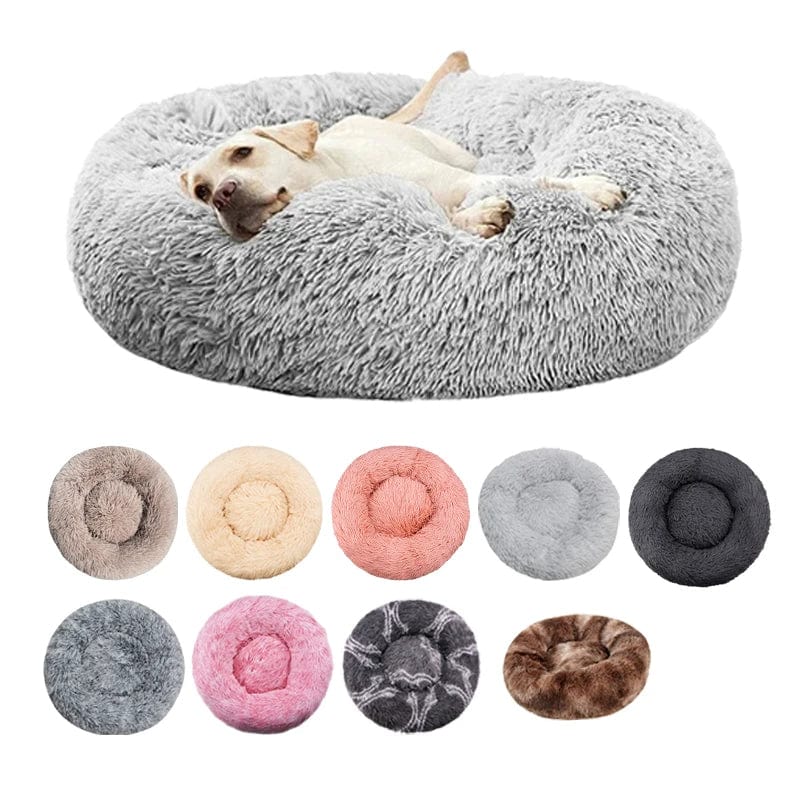Feeding your dog the right diet is one of the most crucial aspects of pet care. Over recent years, raw diets for dogs have gained significant attention from pet owners and veterinarians alike. Advocates of raw feeding believe that it mirrors a dog’s ancestral eating habits and can bring numerous health benefits, including shinier coats, improved energy levels, and better digestion. But what exactly is a raw diet, and why are so many dog owners making the switch?
In this article, we’ll explore the benefits of raw diets for dogs, examine any potential risks, and help you decide if it’s the right choice for your furry companion.
What is a Raw Diet for Dogs?
A raw diet, often called BARF (Biologically Appropriate Raw Food or Bones and Raw Food), primarily consists of raw meat, bones, organs, and occasionally vegetables and fruits. The idea behind raw feeding is to provide dogs with a more natural, species-appropriate diet similar to what their ancestors might have eaten in the wild.
Typical ingredients in a raw diet may include:
- Muscle meat (often still on the bone)
- Organ meats like liver and kidneys
- Raw meaty bones (RMBs)
- Vegetables and fruits (though not always a core part of the diet)
- Eggs and sometimes dairy, such as yogurt
Proponents of raw feeding believe this diet can offer a range of health benefits that are often lost in commercially processed dog food. But what are these benefits, and how can they positively impact your dog’s health?
1. Improved Coat and Skin Health
One of the most immediately noticeable benefits of feeding your dog a raw diet is an improvement in their coat and skin. The high content of healthy fats and oils found in raw meat promotes a shiny, healthy coat, reducing shedding and dander. Essential fatty acids like Omega-3 and Omega-6, which are naturally present in raw meats and fish, help keep your dog’s skin moisturized and their fur soft and vibrant.
Many commercial dog foods contain fillers, grains, and additives that can lead to dry, itchy skin and dull coats. Raw diets eliminate these processed ingredients, offering a more natural source of nutrition for better skin and coat health.
2. Enhanced Digestive Health
Dogs are carnivorous by nature, and their digestive systems are designed to process meat. Raw feeding supports their digestive system by providing food that is easier for them to break down and absorb. Many dog owners who switch to raw diets report fewer digestive issues like gas, bloating, and diarrhea.
Additionally, raw foods are free from the common allergens found in some commercial dog foods, such as grains and artificial additives. This makes a raw diet an excellent option for dogs with food sensitivities or allergies.
External Resource: Learn more about dog food allergies from PetMD.
3. Increased Energy and Stamina
Dogs fed a raw diet often experience a noticeable boost in energy levels. This is due to the high-quality protein found in raw meats, which fuels your dog’s muscles and metabolism more efficiently than the carbohydrates and fillers found in many kibble-based diets. The natural proteins and fats in raw food provide sustained energy without the blood sugar spikes and crashes that can occur with carbohydrate-heavy commercial foods.
For active breeds or working dogs, a raw diet can offer enhanced endurance and stamina, helping them perform better in agility, hunting, or other physical activities.
4. Cleaner Teeth and Better Oral Health
Another significant benefit of raw feeding is the improvement in oral health. Raw meaty bones (RMBs) serve as natural toothbrushes for dogs, helping to scrape away plaque and tartar buildup as they chew. Chewing on bones not only helps clean your dog’s teeth but also strengthens their gums and jaw muscles.
In contrast, many commercial dog foods can lead to plaque accumulation due to their higher carbohydrate content. Regular consumption of raw bones can reduce the need for professional dental cleanings and help prevent oral diseases such as gingivitis and periodontal disease.
External Resource: Explore dental health tips for dogs from the American Kennel Club.
5. Weight Management and Muscle Tone
Feeding your dog a raw diet can help maintain a healthy weight and improve muscle tone. Raw foods, particularly those rich in lean meats, provide high levels of protein that support muscle development and maintenance. This is particularly important for active or working dogs that need to stay lean and strong.
Unlike many commercial dog foods that contain high amounts of carbohydrates and fillers, a raw diet is typically low in carbs, which helps prevent unnecessary weight gain. By feeding your dog high-quality raw protein, you can promote lean muscle mass and avoid the risk of obesity.
6. Reduced Allergies and Sensitivities
If your dog suffers from food allergies or intolerances, a raw diet might be the solution. Many commercial dog foods contain grains, soy, or other ingredients that can trigger allergic reactions in dogs, leading to symptoms such as itching, inflammation, and digestive upset. Raw diets, which focus on whole, natural ingredients, can help reduce these symptoms and provide relief for dogs with sensitivities.
By eliminating processed ingredients and focusing on high-quality, species-appropriate foods, raw feeding allows you to control exactly what your dog is eating, minimizing the risk of allergic reactions.
7. Improved Immune Function
The nutrients found in raw foods can contribute to a stronger immune system. Raw meats, organs, and bones are packed with essential vitamins and minerals such as Vitamin A, Vitamin D, zinc, and magnesium, all of which play vital roles in maintaining a healthy immune response. In addition, raw diets are rich in antioxidants from fresh fruits and vegetables, helping your dog fend off diseases and infections.
A robust immune system can lead to fewer vet visits and a healthier, longer life for your dog.
8. Better Hydration
Unlike dry kibble, which contains very little moisture, raw food has a high water content. This helps keep your dog well-hydrated, especially if they don’t drink much water throughout the day. Proper hydration is crucial for kidney function, digestion, and overall health, and a raw diet can help ensure your dog is getting the moisture they need.
Dogs on raw diets often have improved urinary health, as the increased hydration helps flush toxins from their systems and reduces the risk of urinary tract infections.
9. Tailored Nutrition
One of the biggest advantages of a raw diet is the ability to customize your dog’s meals to their specific needs. Whether your dog has allergies, digestive issues, or special dietary requirements, raw feeding allows you to tailor their diet for optimal health. You can choose exactly which meats, organs, and other ingredients to include, ensuring your dog gets the right balance of nutrients.
This personalized approach can lead to better overall health and fewer digestive issues compared to the one-size-fits-all approach of commercial dog foods.
10. Stronger Bond Between Dog and Owner
Raw feeding often involves preparing your dog’s meals at home, which can foster a stronger connection between you and your pet. By taking the time to prepare nutritious, healthy meals, you are actively contributing to your dog’s wellbeing. Many owners find that the hands-on approach to feeding creates a deeper bond and sense of responsibility.
Additionally, the positive changes in your dog’s health and behavior can lead to a more fulfilling relationship.
External Resource: Find out how nutrition affects dog behavior at the Whole Dog Journal.
Conclusion
Switching to a raw diet can offer numerous health benefits for your dog, from improved digestion and coat quality to better dental health and increased energy. While it may not be the right choice for every dog, those who thrive on raw feeding can enjoy a more natural, species-appropriate diet that supports their overall wellbeing.
Before making the switch, consult with your veterinarian to ensure that a raw diet is suitable for your dog’s specific health needs. With the right balance of raw meats, bones, and other essential nutrients, you can help your dog live a healthier, happier life.



